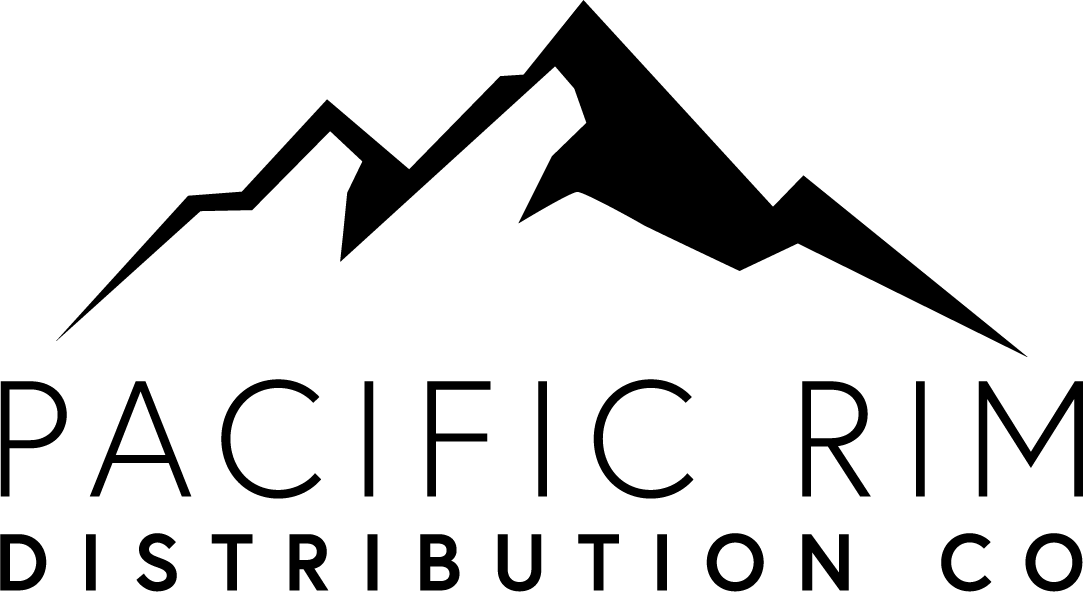New Consumer Landscape: Rethinking Consumer Industries
New Consumer Landscape has been identified by industry leaders and through PACRIM’s global analyst network as one of the most important themes for our clients across all industries and economies.
To an extent, the New Consumer Landscape is a continuation of our strategic analysis on The World Beyond the Pandemic, in which we explored the future of globalisation, the future of work and education, and future priorities and preferences – and how these three key pillars impact global businesses.
Taking it a step further, this report explores how consumer industries are being shaped by these three pillars in the post-pandemic world, and how business leaders are rethinking and reimagining their industries and sectors to overcome post-pandemic challenges, such as supply chain disruptions, and to meet the needs of the post-pandemic consumer.
We’re working through 3 key priorities:
-
Future of Globalisation
-
Diversification (of supply chains, production locations, and markets), digitalisation and sustainability are the evolving trends that will shape consumer industries in the future.
-
-
Future of Work and Education
-
Many consumers have been working and learning remotely, and more are now switching jobs and occupations. Education is now life-long, which necessitates online learning.
-
-
Future Priorities and Preferences
-
With consumers embracing home-centric, digitalised lifestyles, new routines and occasions have evolved. Also, purchasing decisions are shaped by changing values.
-
Key Findings
-
The consumer landscape has been transformed
-
The COVID-19 pandemic has changed the global business landscape, as well as how consumers live, work, play and shop. This has, in turn, transformed the consumer landscape, giving rise to new consumer needs and priorities. Companies will need to rethink their strategies and innovate to meet the needs of post-pandemic consumers.
-
-
Everything goes digital
-
As consumers increasingly adopt digital lifestyles, businesses across industries are accelerating digitalisation to connect directly with consumers. Digitalisation is more than just e-commerce, as it also encompasses innovative technologies to improve products and services, and to increase operational efficiency through better logistics and supply chains.
-
-
Home is a sanctuary and a hub for many activities
-
While consumers seek to release their pent-up demand for out-of-home experiences, more home-centric lifestyle are here to stay. Therefore, businesses need to adapt and develop products and services for home occasions. As they seek to reach the consumer in their home, the home is now the last mile.
-
-
A polarised world due to deepening inequality
-
Consumer industries find themselves serving an increasingly polarised consumer market, as the COVID-19 pandemic exposed and increased inequality. In this new consumer landscape, a greater focus is being placed on value, rather than premiumization, in order to drive volume.
-
-
Social and environmental responsibility
-
As a result of growing pressures from both consumers and regulators, businesses are increasingly putting social and environmental responsibility at the heart of their organizations. This starts with enhancing sustainable, inclusive business practices, but it is also about how businesses can help consumers make a difference through their consumption decisions.
-

